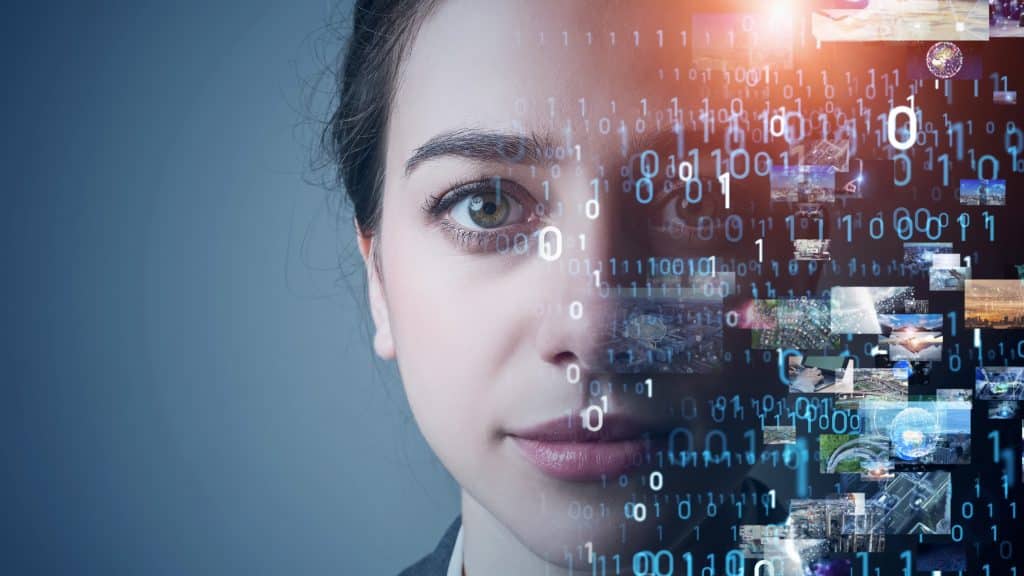Face biometrics code could be seeing through better eyes
Computer vision vendors and researchers are developing significantly upgraded camera systems on the front end of AI, including biometric recognition software.
Two companies, Orbbec and SiLC separately say they have developed integrated camera-compute components with notably better capabilities that would aid biometrics systems.
Separately, researchers at Purdue University published work on exotic computer vision technology that also would benefit biometric and object recognition algorithms.
Indeed, the Purdue team tested their hardware on facial recognition tasks. They call their hardware an organic electrochemical photonic synapse.
The researchers say their advance is designed to mimic how human eyes work, use less energy and be more error tolerant than silicon-based systems on the market.
In more closely following how retinas perceive light, the researchers say, the system improves dynamic imaging with a significant savings on data processing.
Orbbec’s Persee1 is one of the silicon-based camera-computer systems from which the Purdue team is deviating.
It is an integrated stereovision 3D camera and a custom computer based on Nvidia’s Jetson line. Orbbec, a 3D vision company, says the Persee1 is “highly accurate and reliable” indoors but there are exceptions outdoors.
The company sees this as addressing a small but growing need in the market for 3D vision. Executives do not mention biometric recognition and limited use outdoors could make it a touch sell to some buyers. But any improvement in affordable 3D vision is going to be enticing to those interested in facial recognition.
Similarly, LIDAR-vision vendor SiLC doesn’t discuss how its upgraded Eyeonic vision sensor can be pressed into service for biometric surveillance and identification. It nevertheless could be used that way.
SilC is pushing what it says is Eyeonic’s performance-besting capability. Its maximum detection range has grown to about 1.2 miles (two kilometers). The upgrade required the participation of High Point Aerotechnologies.
The Eyeonic’s primary market is defensive – spotting drones and unblinkingly watching beyond the moat. But it’s conceivable that it could watch for facial and gait patterns.







